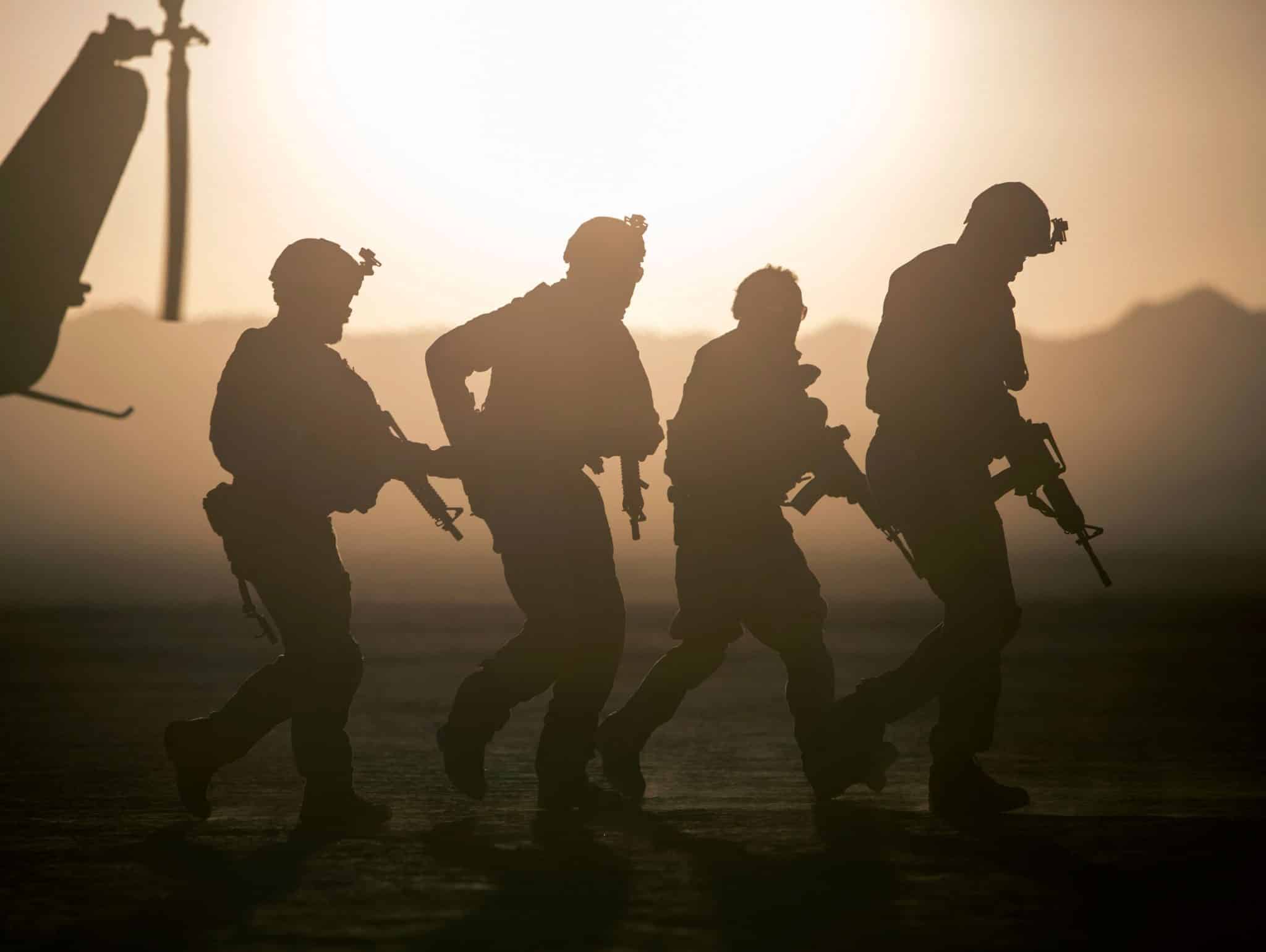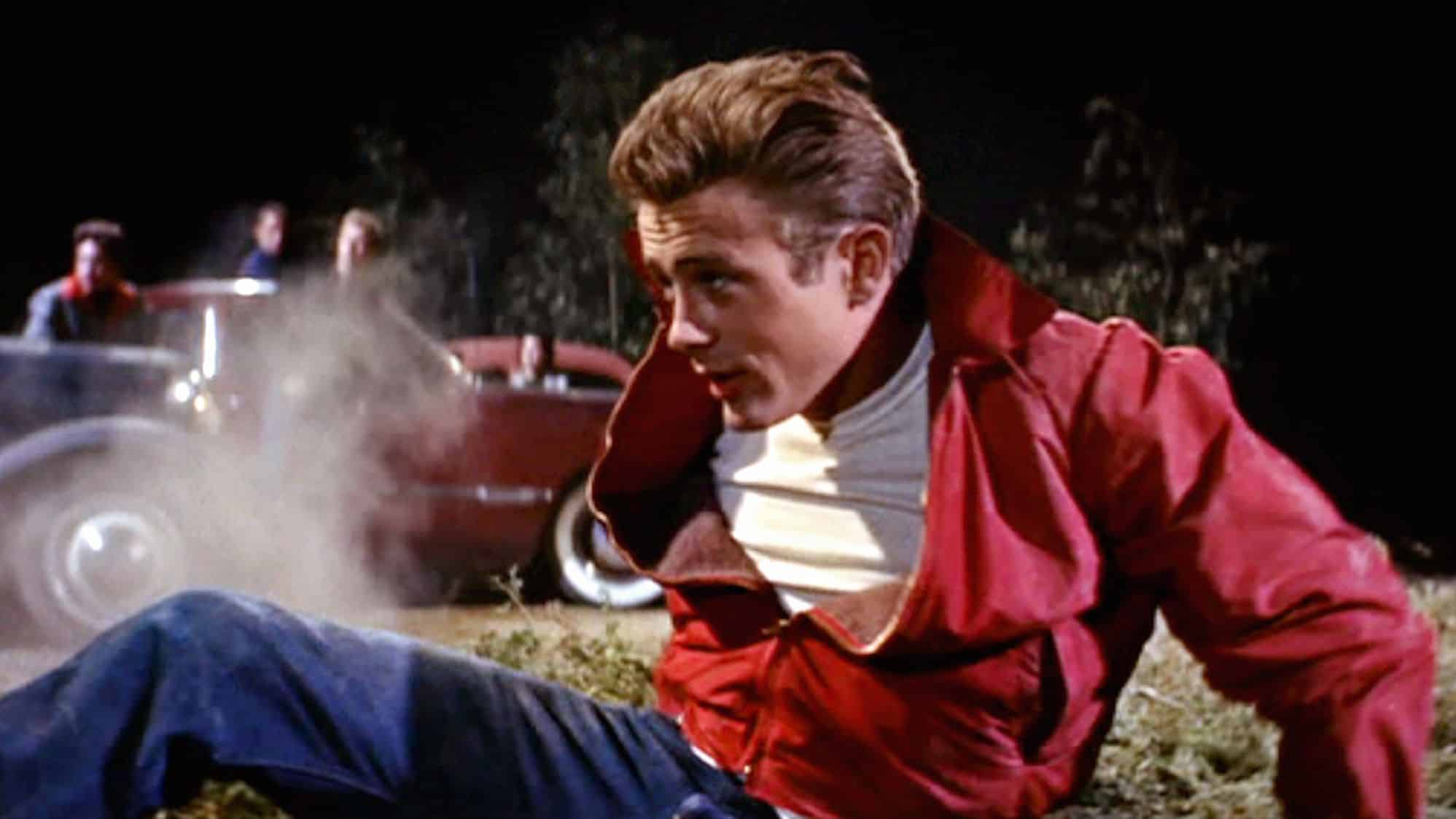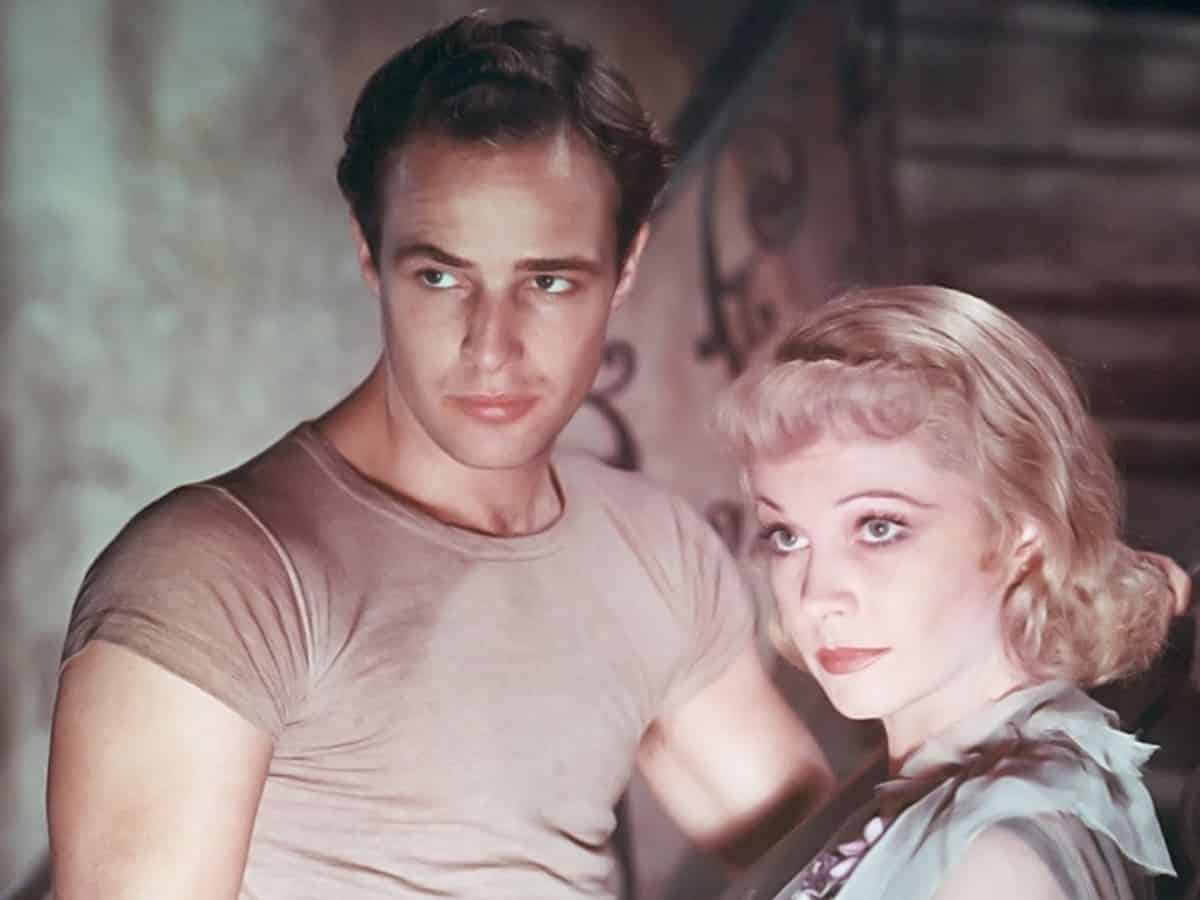
The T-shirt, tee, or tee-shirt, as we know it, is a simple, versatile garment worn across the world by various demographics. In today’s times, the T-shirt can be loungewear, a fashion statement, or a medium of self-expression.
High-end companies use tees as promotional tools or uniforms for their employees to build team spirit and motivation. But, have you ever wondered about the origins of this universal piece of clothing worn by men, women, and kids, of all ages? The history of the t-shirt is far more interesting than one would imagine at first, and this simple piece of clothing had different roles across many decades.
T-Shirts Were Originally Invested as Men’s Underwear
T-shirts or shirts were originally invented as a layer of clothing, worn next to the skin as an added layer between the garments worn above it. At the time, shirts were cut in a “T” shape and made out of woven linen or cotton. By the end of the 19th century, T-shirts had acquired a more fitting cut and were made out of jersey, wool, and calico fabrics using innovative knitting technology.
History says that British sailors working on ships were permitted to wear their t-shirts as outerwear to keep cool in warm weather. In 1880, the US navy adopted t-shirts with square necks as standard issue underwear and part of the uniform. This garment was a one-piece suit with buttons combined with pants, but soon, sailors cut them in half to make them easier to wear.

T-Shirts Evolved as Apparel for Staying “Cool”
You could credit the textile company P.H. Hanes Knitting as the pioneer for t-shirts as we know them today. The company released a short t-shirt that could be worn without the pants. The 1938 Sears version was called a “gob” shirt and was designed to be worn as innerwear and outerwear. The first graphic t-shirt can also be linked to the military as in July 1943, Life Magazine featured an army corps man in his training gear.
T-shirts finally acquired the “cool” tag in 1950 when Marlon Brando sported a short-sleeved tee in the movie, A Street Car Named Desire. His ripped forearms and chiseled torso gave the humble tee a whole new perspective–of defiance and non-conformation. James Dean’s Rebel Without a Cause in 1955 carried further the new t-shirt culture turning it into a fashion statement.

Promotional T-Shirts in Election Campaigns
If you thought that using tees as promotional merchandise is a recent phenomenon, that’s not exactly true. Presidential candidate Governor Thomas E. Dewey printed tees with the slogan, “Dew-It with Dewey” way back in his 1948 campaign. By the time the 1950s and 1960s rolled around, people had started exploring the potential profitability of graphic-designed tees, especially since the development of the screen printing technique. Tie-and-dye styles also gained traction in the 1970s and were used by the punk and hippie culture as a powerful medium of rebellion and self-expression.
Customized Tees in the 1980s
In the 1980s, t-shirts became a platform for voicing opinions and conveying powerful messages from the wearer—new printing styles like litho-transfer and on-the-spot transformed t-shirts into canvases that anyone could play around with. Musicians and corporate establishments started placing logos and slogans to attract audience attention. The most famous is the Rolling Stones’ Sticky Fingers icon. Around this time, the t-shirt acquired a new status by being sported in Miami Vice as a symbol of contemporary style and fashion. Worn under pastel suits with the sleeves rolled up, tees introduced the upcoming Yuppie culture, attractive, suave, and ultra-sophisticated.
T-Shirts in the 21st Century
In today’s times, T-shirts are available in a stunning range of colors, designs, fabrics, and cuts. You could pair them with jeans or formal pants and a jacket. Toss on a leather jacket, get long sleeves or short sleeves, polo neck, or play around with the prints you create. Feeling creative? Grab a white tee and fabric colors, sequins, appliques, beads, or glitter, and make your personal style.
From a standard-issue undershirt to a medium of self-expression, the t-shirt has undoubtedly come a long way.
ATTENTION READERS
We See The World From All Sides and Want YOU To Be Fully InformedIn fact, intentional disinformation is a disgraceful scourge in media today. So to assuage any possible errant incorrect information posted herein, we strongly encourage you to seek corroboration from other non-VT sources before forming an educated opinion.
About VT - Policies & Disclosures - Comment Policy



